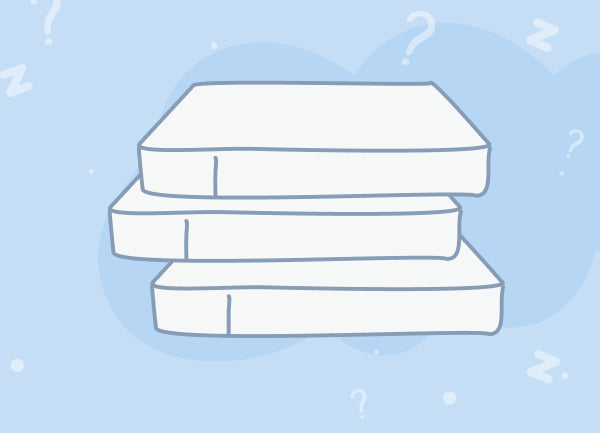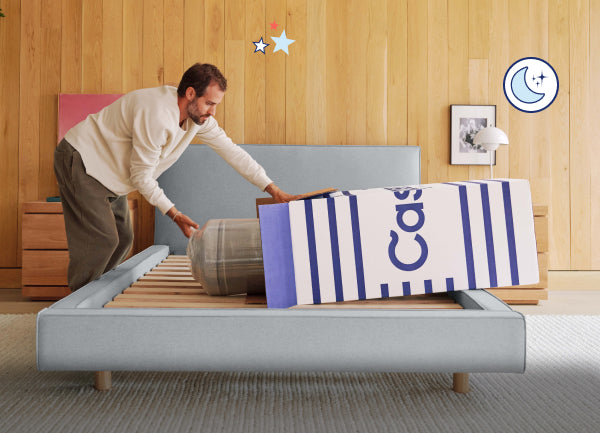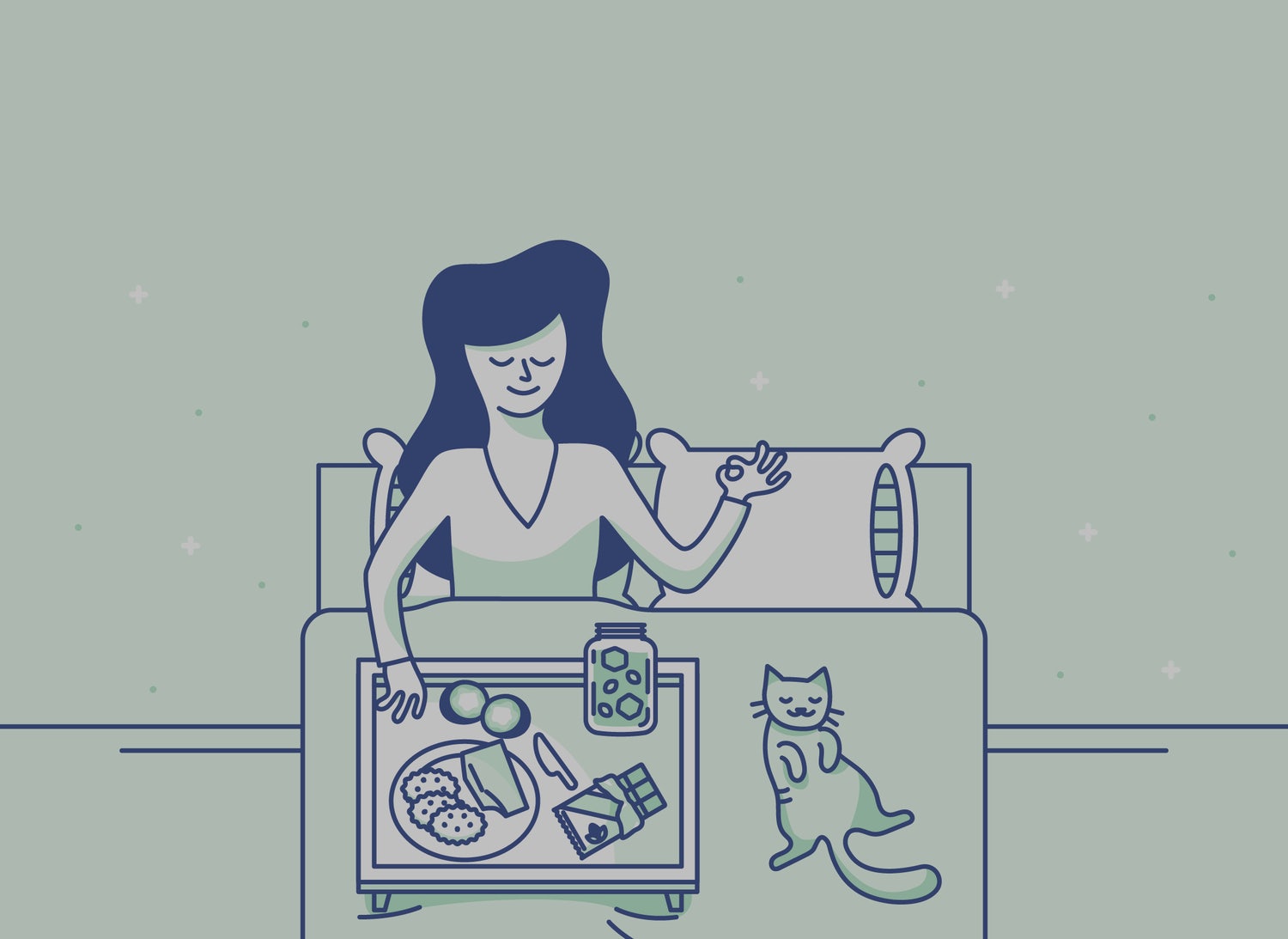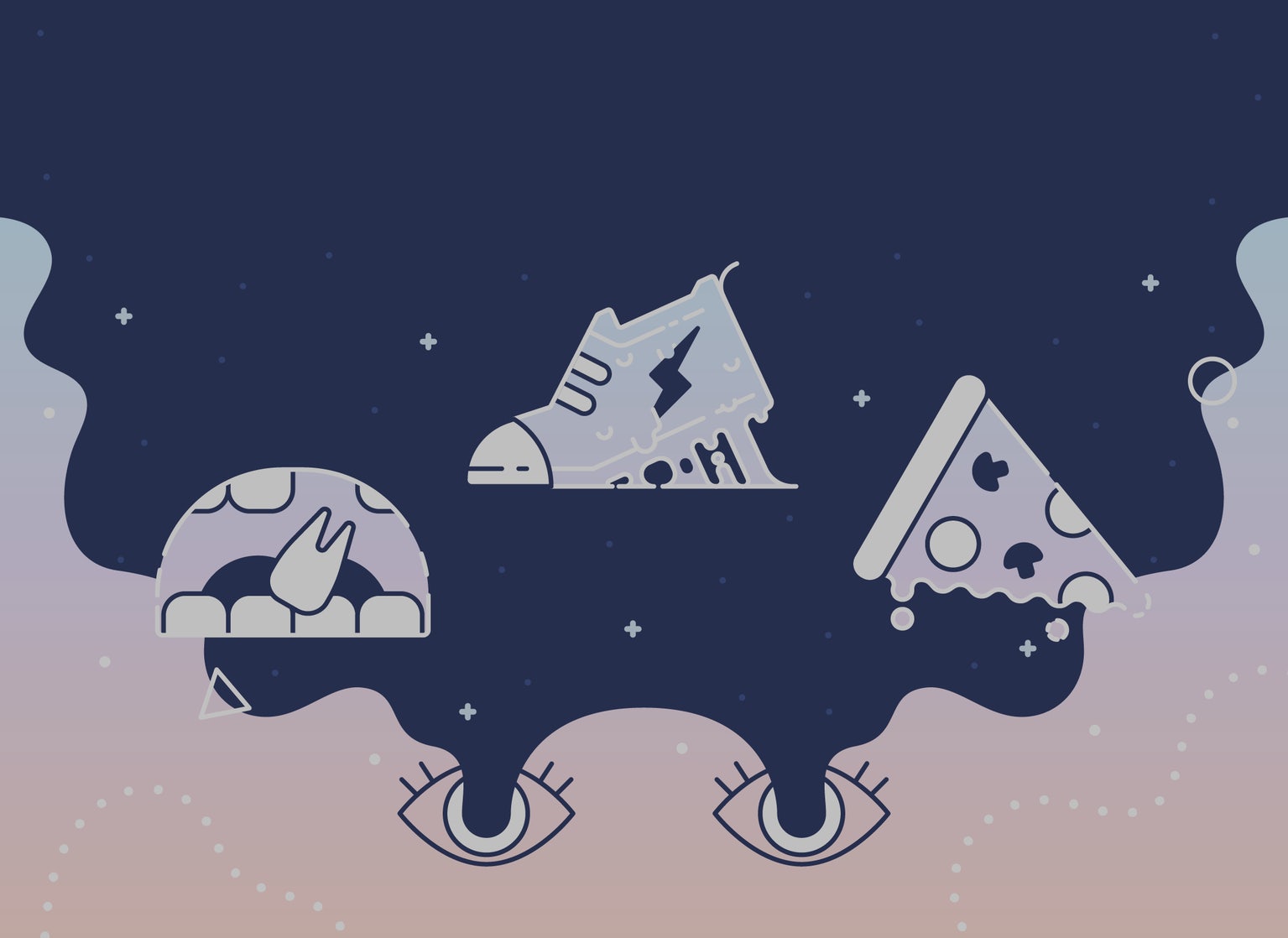If you aren’t familiar with the power nap, it’s essentially a short nap that can help get you through the day, but that isn’t long enough to bog you down or interrupt your sleep cycle.
If you are a proponent of the power nap, you’re in good company. Leonardo Da Vinci, Albert Einstein and John F. Kennedy were all fans of taking short naps in the afternoon.
The benefits of power napping have been said to include improved concentration, increased productivity and more. In fact, napping is so beneficial that on-the-go napping spaces are popping up, such as the Casper Dreamery. If you’re not sure how to start incorporating short, healthy sleep into your schedule, follow these tips to achieve the perfect nap.
If you’re not sure how to start incorporating short naps into your schedule, follow these tips.
1. Time It for 20 Minutes

Twenty minutes is the sweet spot for a nap that will leave you feeling rested but not groggy. This timing allows you to have about three minutes of stage two sleep, which has been shown to have recuperative effects. However, if you are going to take a nap that’s longer than 20 minutes, opt for a 90-minute nap which will allow you to finish a full sleep cycle and wake rested as well.
2. Set Conditions to Fall Asleep Fast

The goal of a power nap is to fall asleep fast so that you can get your snooze in within the time you allot yourself. To do this, set optimal sleeping conditions — or at least as optimal as possible.
You can do this by finding a cool, quiet place for sleep. If you can hear hustle and bustle around you, try a white noise machine. If you’re at home, get into your bed with blackout curtains. If you’re in a well-lit area, consider trying a sleep mask.
3. Avoid Power Naps If You’re Not Tired

It can be tempting to take a power nap if you find yourself with a few extra hours in the afternoon. However, it’s good sleep hygiene to only take a nap, or even enter your nap room, if you feel tired.
If you aren’t tired, you might not be able to fall asleep and become frustrated with the sleep pressure. If you need a break but aren’t tired, consider taking a walk instead!
4. Nap at a Strategic Time

If you’re going to power nap, you’ll need to choose a time that makes sense. The best time to nap is around 8-9 hours after your typical morning wake-up time, as this is the dip in the circadian alerting signal when sleepiness is allowed to come to the surface.
You also shouldn’t nap too close to bedtime: you will have a hard time with nighttime sleep if you nap less than four to five hours before bed and may cause sleep deprivation. For example, if your sleep schedule typically wakes you up at 7 AM and you go to sleep at 11 PM, you will ideally want to have your nap around four or five in the afternoon.
5. Try a “Coffee Nap”

Have you heard of a coffee nap? This is the practice of consuming caffeine right before you lay down for a nap. Since caffeine takes 20-30 minutes to kick in, you will wake up easily from your light sleep and feel ready to get on with the rest of your day.
6. You Don’t Always Have to Sleep

If you feel like you need a rest but aren’t necessarily tired enough to go to sleep, try lying down to give your body a rest. The act of “wakeful rest” — sitting quietly with eyes closed — has been shown to improve memory.
Studies show it doesn’t matter as much what you do during this time (daydream, listen to a sleepy podcast or make a grocery list) as long as your body is in a restful state.
7. Allow Yourself Time to Wake Back Up

While you shouldn’t feel groggy after a power nap if it’s done correctly, it can still take a few minutes for your body to kick back into gear. Be sure to allow yourself a few minutes to wake up, recover and re-center. Think about the tasks you’d like to accomplish with the rest of your day and devise a plan of action.
8. Power Napping Isn’t for Everyone

Remember that power napping is not for everyone. If you have insomnia, have trouble falling or staying asleep, or your afternoon nap always turns into a full-blown deeper sleep, napping may be a bad idea. Power napping can throw off your sleep cycle if it’s fragile and it could interfere with your deep sleep at night.
9. Accomplish More After Your Power Nap

For those who can do a midday nap, studies show that they are particularly great for alertness, learning, memory, and performance. Since you will likely be reaping these benefits after your nap, schedule tasks that require more brainwork, or cognitive function, for after your power nap.
How Power Naps Can Boost Productivity

Power napping has been shown to improve cognitive performance and many people find that a short rest leaves them feeling rejuvenated and refreshed. There are many ways that power naps can help boost productivity.
- They can improve logistical reasoning and creative problem-solving.
- They can boost the capacity for memory and learning.
- They can lighten the mood and reduce stress (which can impair learning).
- They can improve accuracy in the workplace.
- They can reduce fatigue and increase mental alertness.
If you combine all of these elements, you have the perfect storm for improved performance in every aspect of your life, from the workplace to social situations. Given these benefits, it’s not surprising naps have caught on as a popular way to recharge the brain.
Now that you know how to power nap like a pro, try it out for yourself. Remember, since it can be helpful to have a comfortable place to take your nap, your mattress and bedding matter. Just be careful not to get too cozy and oversleep!











